Dinosaurs have captivated human imagination since their fossilized remains were first discovered. These prehistoric creatures ruled Earth for millions of years, and their mysterious extinction has only added to their allure. Television has embraced this fascination, producing numerous shows that bring dinosaurs to life through animation, puppetry, CGI, and scientific documentary formats. Whether you’re a curious child just discovering these magnificent beasts or an adult with a lifelong passion for paleontology, there’s a dinosaur show out there for you. This comprehensive guide explores the best dinosaur television series across different formats, age groups, and educational value.
Walking with Dinosaurs: BBC’s Game-Changing Documentary
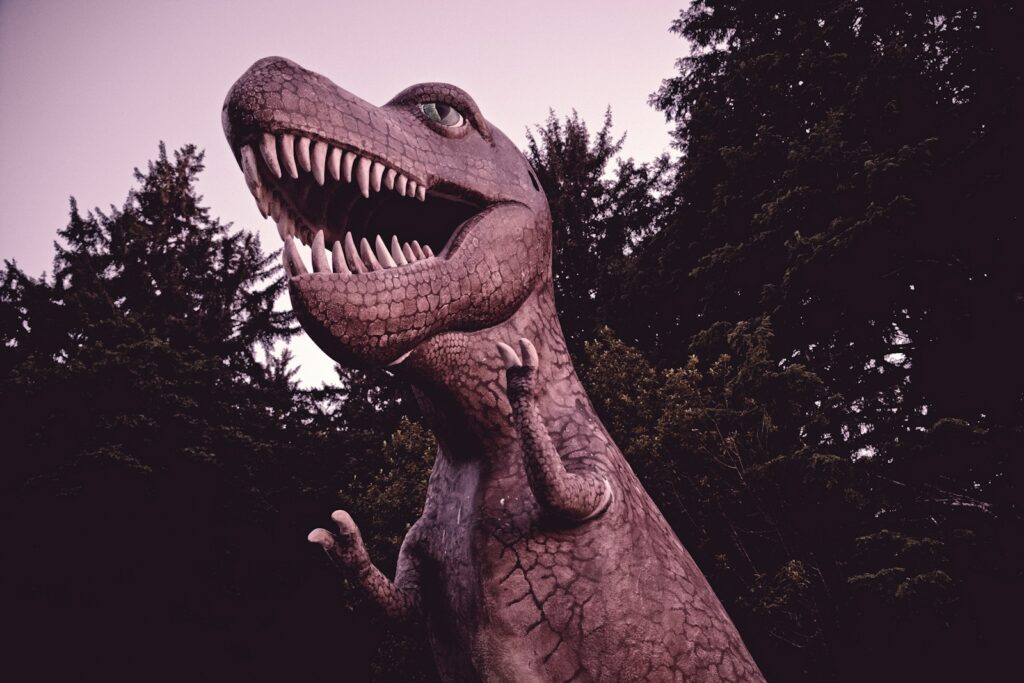
When “Walking with Dinosaurs” premiered in 1999, it revolutionized dinosaur programming by combining cutting-edge CGI with documentary storytelling techniques. This six-part BBC series treated prehistoric creatures as subjects of a wildlife documentary, following their daily struggles for survival with scientific accuracy. The show’s stunning visual effects, which cost approximately $9.6 million to produce, set a new standard for paleontological programming. Narrated by Kenneth Branagh, the series brought viewers unprecedented glimpses into the Triassic, Jurassic, and Cretaceous periods. Its influence extended far beyond television, spawning arena shows, video games, and inspiring a generation of paleontology enthusiasts with its meticulous attention to scientific detail.
Dinosaur Train: Learning Through Time Travel

For preschool audiences, “Dinosaur Train” stands as a perfect introduction to prehistoric creatures through its clever combination of dinosaurs and locomotives. Created by Craig Bartlett and produced by the Jim Henson Company, this animated PBS series follows Buddy, a curious young Tyrannosaurus Rex adopted by a Pteranodon family. Each episode features the characters boarding a special train that travels through a time tunnel to explore different prehistoric eras. The show brilliantly incorporates paleontologist Dr. Scott Sampson, who appears in live-action segments to explain the scientific concepts presented in each adventure. “Dinosaur Train” excels at introducing complex paleontological ideas in age-appropriate ways, teaching young viewers about species classification, natural history, and scientific inquiry through colorful animation and catchy songs.
Prehistoric Planet: Apple TV+’s Visual Masterpiece

Released in 2022, “Prehistoric Planet” represents the pinnacle of dinosaur documentary filmmaking, combining Apple’s production budget with the BBC Studios Natural History Unit’s expertise. Narrated by Sir David Attenborough and featuring music by Hans Zimmer, this five-part series showcases dinosaurs with unprecedented visual fidelity and scientific accuracy. The show’s production team consulted extensively with paleontologists to incorporate the latest scientific findings, including accurate feathering on many dinosaur species. Each episode explores different habitats – coasts, deserts, freshwater regions, ice worlds, and forests – demonstrating how dinosaurs adapted to these diverse environments. “Prehistoric Planet” stands out for its treatment of dinosaurs as complex animals with sophisticated behaviors rather than movie monsters, showing parental care, courtship rituals, and intraspecies socialization with remarkable nuance.
Jurassic World: Camp Cretaceous: Action-Packed Animated Adventure

Expanding on the successful Jurassic Park franchise, “Jurassic World: Camp Cretaceous” delivers dinosaur thrills appropriate for older children and teens. This Netflix animated series follows six teenagers stranded on Isla Nublar during the events of the Jurassic World film. Over its five seasons, the show balances exciting dinosaur encounters with character development as the teens struggle to survive and eventually escape the island. While it takes creative liberties with dinosaur behavior for dramatic effect, the series presents reasonably accurate dinosaur designs consistent with the film franchise. The show tackles themes of responsibility, conservation, and the ethics of genetic engineering in ways accessible to young audiences. “Camp Cretaceous” serves as an excellent entry point into the broader Jurassic World universe while standing on its own as an engaging dinosaur adventure.
Dinosaurs: Jim Henson’s Satirical Prehistoric Sitcom
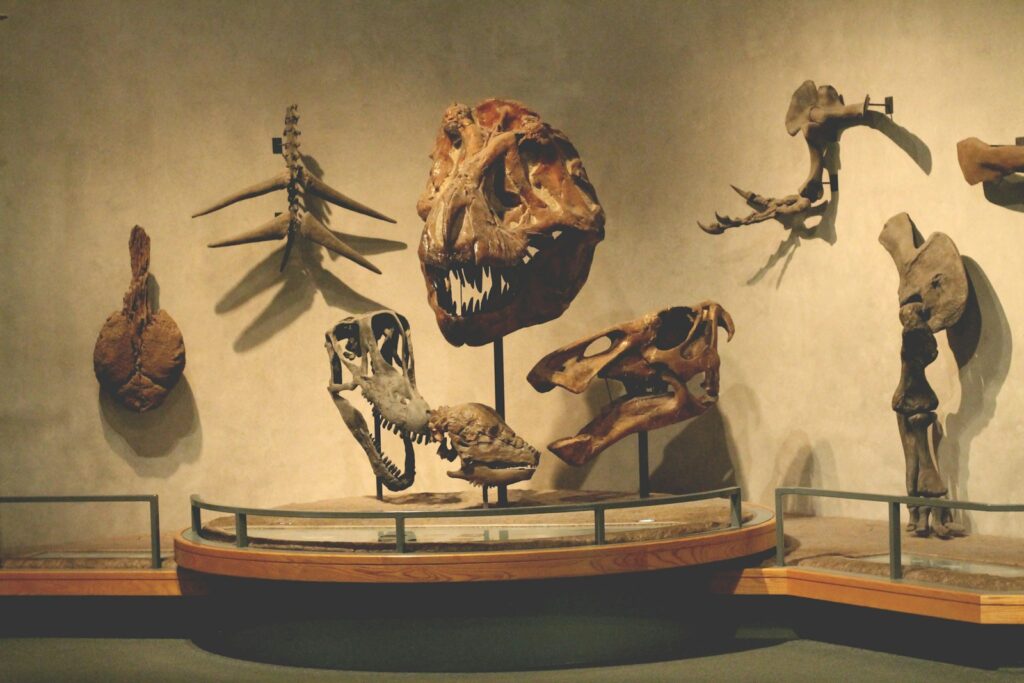
Taking a dramatically different approach, “Dinosaurs” (1991-1994) used impressive puppetry from Jim Henson’s Creature Shop to create a satirical sitcom about a family of anthropomorphic dinosaurs. Set in 60,000,003 BC, the show follows the Sinclair family – Earl, Fran, Robbie, Charlene, and Baby Sinclair – as they navigate life in a society that mirrors modern American culture. Behind its comedic premise, “Dinosaurs” frequently incorporated sharp social commentary on environmental issues, corporate greed, political corruption, and consumer culture. The series gained notoriety for its surprisingly dark finale, which implied the dinosaurs’ extinction resulted from their own environmental mismanagement – a powerful message that remains relevant today. The combination of sophisticated puppetry, adult humor, and nostalgic 90s sitcom format makes “Dinosaurs” uniquely appealing to adult viewers with fond memories of the original broadcast.
Dino Dana: Science Education Through Imagination
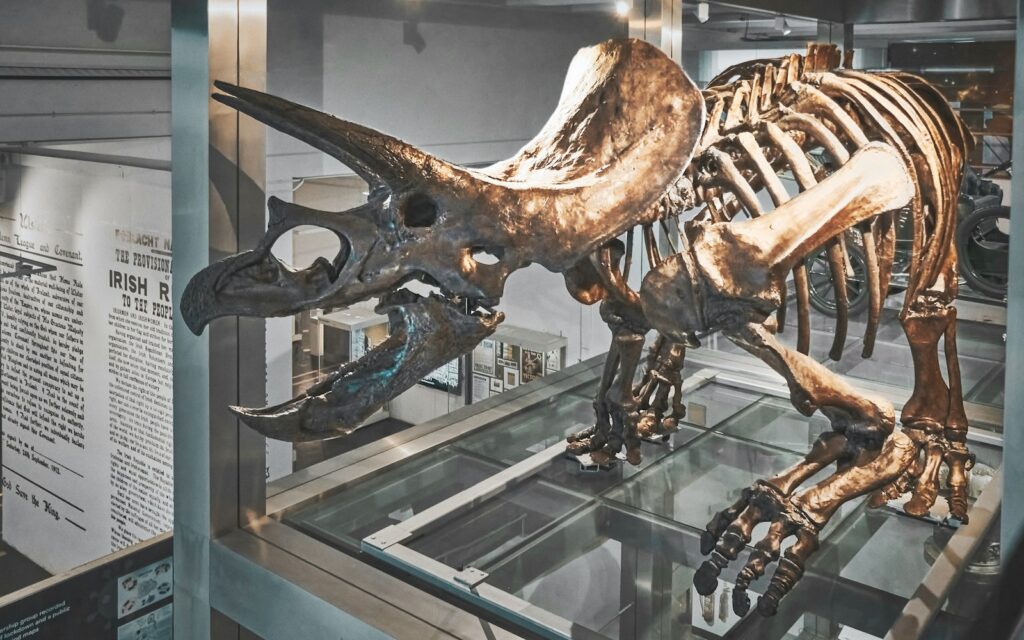
Following the success of “Dino Dan,” creator J.J. Johnson expanded the concept with “Dino Dana,” focusing on a young paleontologist-in-training who sees dinosaurs in the modern world. This award-winning series uses a blend of live-action and CGI to show protagonist Dana’s imaginary dinosaur encounters, which serve as engaging metaphors for real-world challenges she faces. Unlike many children’s shows, “Dino Dana” emphasizes the scientific method, with Dana forming hypotheses about dinosaur behavior and testing them through observation. The series has earned praise for featuring a diverse cast and portraying a young girl passionate about science, helping to break gender stereotypes in STEM representation. Educational segments explain concepts like fossil formation, evolutionary adaptation, and comparative anatomy in ways elementary school children can understand and apply to their own explorations.
Planet Dinosaur: Scientific Rigor Meets Visual Spectacle
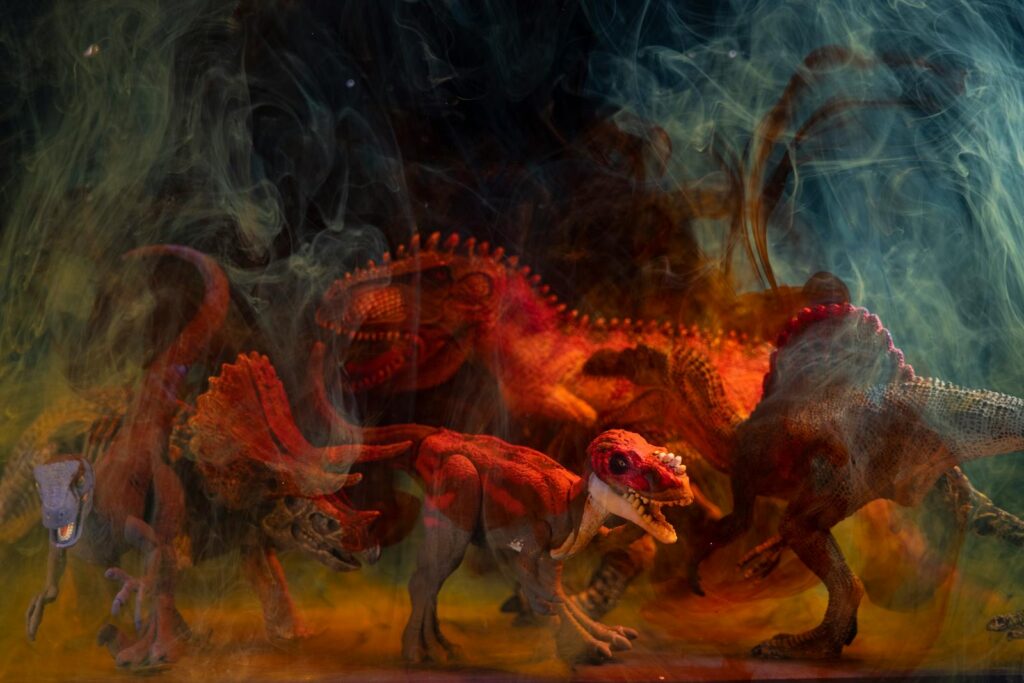
BBC’s 2011 follow-up to “Walking with Dinosaurs” takes advantage of more than a decade of paleontological discoveries and technological advances. “Planet Dinosaur” presents newly discovered species and updated scientific understanding with stunning CGI recreations and comprehensive explanations of the evidence behind each depiction. Narrated by John Hurt, the six-episode series gives particular attention to recently discovered dinosaurs from China, Africa, and South America, expanding beyond the familiar North American species that dominate many dinosaur programs. Each episode meticulously explains how scientists draw conclusions about dinosaur appearance, behavior, and habitat from fossil evidence, introducing viewers to concepts like comparative anatomy and ecosystem reconstruction. The show’s scientific transparency, explicitly discussing the limitations of our knowledge and showing the fossil evidence underlying each recreation, makes it particularly valuable for viewers seeking substantial educational content.
Primeval: Dinosaur Sci-Fi Thriller for Older Audiences
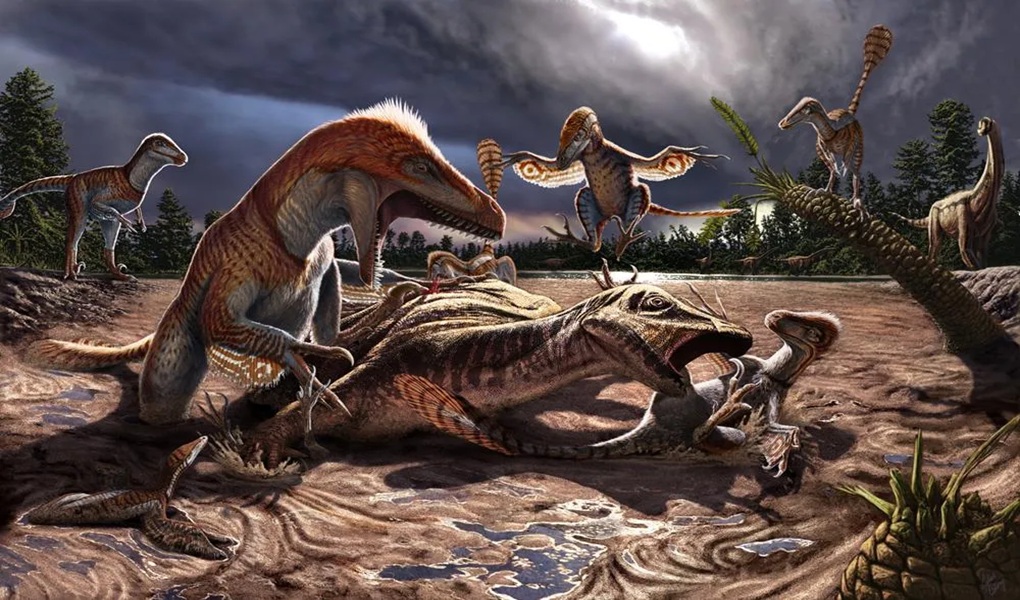
For viewers seeking dinosaur content with more adult themes, the British series “Primeval” offers a science fiction approach to prehistoric creatures. The show follows a team of scientists investigating temporal anomalies that allow dinosaurs and other prehistoric creatures to enter the modern world. Throughout its five seasons, “Primeval” features a wide variety of prehistoric fauna beyond just dinosaurs, including creatures from the Paleozoic and Cenozoic eras. The series balances creature-of-the-week episodes with an overarching conspiracy plot involving time travel and evolution. While it prioritizes entertainment over strict scientific accuracy, “Primeval” incorporates enough paleontological facts to stimulate interest in real dinosaur science. The show’s combination of creature features, science fiction concepts, and character drama makes it an engaging option for teenagers and adults looking for dinosaur content with complex plotting and occasional scares.
Dinosaur King: Collectible Cards Meet Prehistoric Adventure
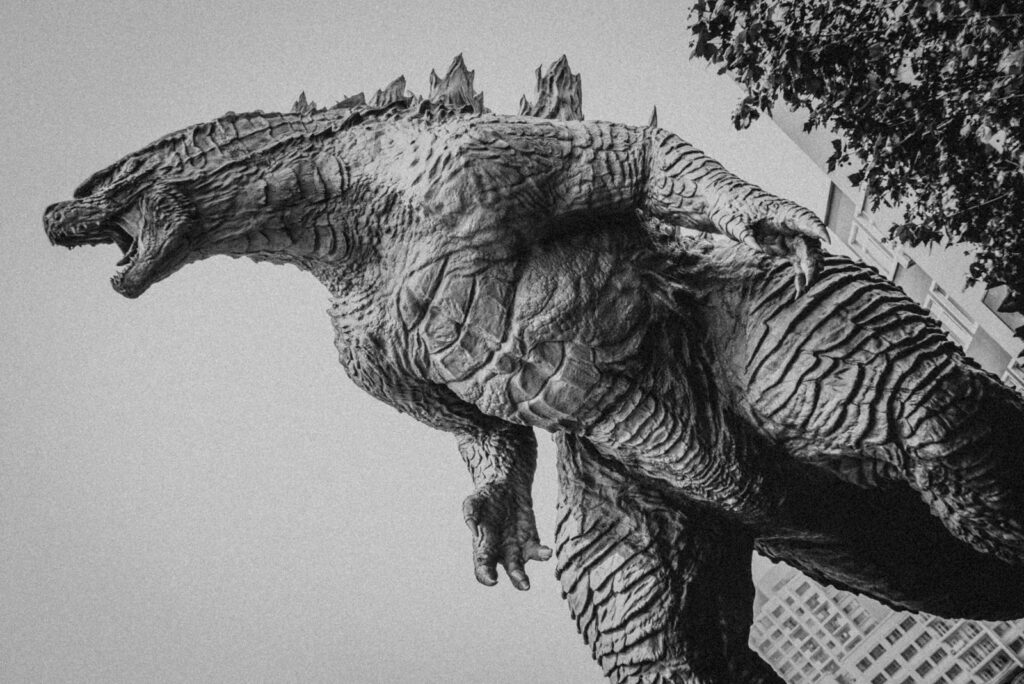
Based on Sega’s arcade game, “Dinosaur King” combines the collectible monster genre popularized by Pokémon with dinosaur adventure. The anime series follows Max and his friends as they find stone tablets that can summon dinosaurs, competing against the villainous Alpha Gang. While scientifically questionable in its portrayal of dinosaurs with special powers, the show does introduce viewers to a wide variety of dinosaur species, correctly identifying their periods and general characteristics. Each dinosaur belongs to one of six elements (wind, earth, grass, water, fire, or lightning), creating an accessible classification system that loosely correlates with actual dinosaur habitats and characteristics. For children fascinated by collecting and categorizing dinosaurs, “Dinosaur King” offers an entertaining entry point that might spark interest in learning more accurate information. The series demonstrates how dinosaur media can blend fantasy elements with educational content to capture young imaginations.
When Dinosaurs Roamed America: Focused on North American Paleontology
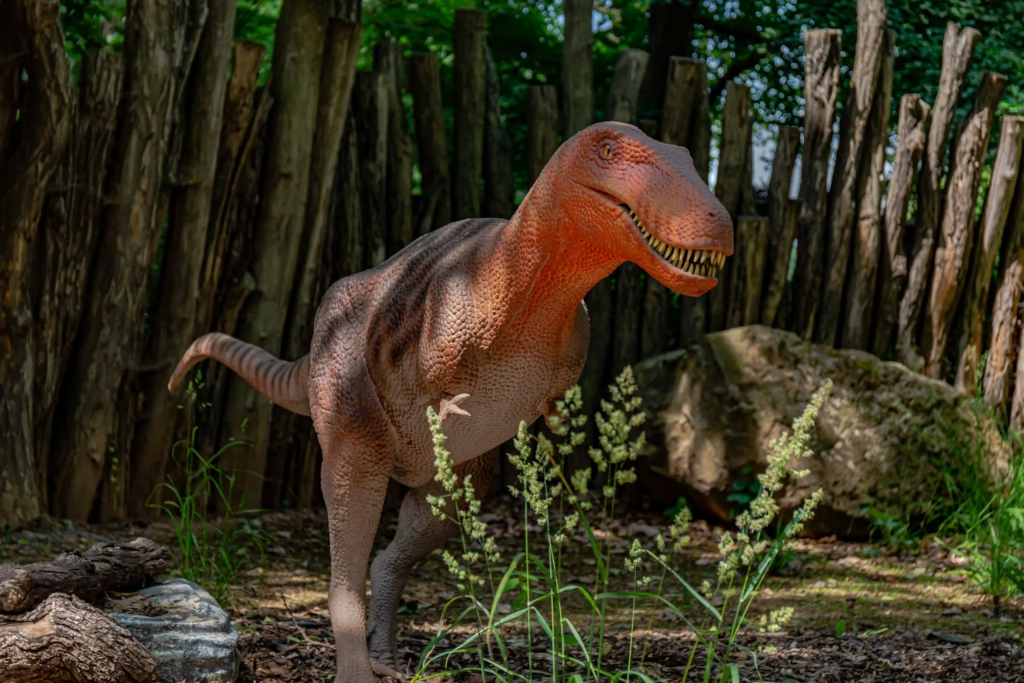
Discovery Channel’s “When Dinosaurs Roamed America” takes a regional approach to prehistoric life, focusing specifically on dinosaur evolution across different time periods in North America. This documentary uses CGI to recreate five distinct periods of the Mesozoic era, showing how dinosaurs evolved and adapted to changing environments across what would become the United States. The program is particularly valuable for its attention to lesser-known North American species beyond the familiar Tyrannosaurus rex and Triceratops. Narrated by John Goodman, the documentary presents paleontological information in an accessible way while maintaining scientific integrity. The show’s regional focus allows for greater depth in explaining how geography influenced dinosaur evolution and how modern paleontologists interpret the fossil record specific to North America. For viewers interested in understanding the dinosaurs that once lived in their own geographic region, this documentary provides a fascinating temporal tour across familiar landscapes.
Dinosaur Revolution: Behavior-Focused Narrative Approach

Originally conceived as a traditional documentary but later restructured into a more narrative format, “Dinosaur Revolution” stands out for its focus on dinosaur behavior and social interactions. The four-episode Discovery Channel series minimizes narration in favor of visual storytelling that follows individual dinosaurs through their life challenges. This approach humanizes prehistoric creatures without overly anthropomorphizing them, depicting scientifically plausible behaviors based on fossil evidence and comparative biology. The show received praise for its detailed dinosaur designs, incorporating accurate feathering and coloration based on the latest research available at its 2011 release. “Dinosaur Revolution” places particular emphasis on dinosaur family dynamics, showing parental care, juvenile development, and intraspecies communication with nuanced animation. For viewers interested in understanding dinosaurs as animals rather than monsters, this behavior-focused approach offers a refreshing perspective on prehistoric life.
The Land Before Time: Animated Classic with Enduring Appeal

While primarily known as a film series, “The Land Before Time” expanded into a 26-episode television show that continued the adventures of Littlefoot the Apatosaurus and his diverse dinosaur friends. The TV series maintains the gentle tone of the later films, following the young dinosaurs through adventures in their prehistoric world called the Great Valley. Though scientifically simplified for its very young target audience, the show introduces basic concepts about different dinosaur types, herbivore versus carnivore diets, and prehistoric landscapes. The series emphasizes themes of friendship across differences, problem-solving, and family bonds, using dinosaur characters to explore social and emotional learning concepts relevant to preschool viewers. For many adults today, “The Land Before Time” represents their first childhood exposure to dinosaurs, holding nostalgic value while still engaging new generations of young dinosaur enthusiasts with its accessible storytelling and memorable characters.
Choosing the Right Dinosaur Show for Different Age Groups
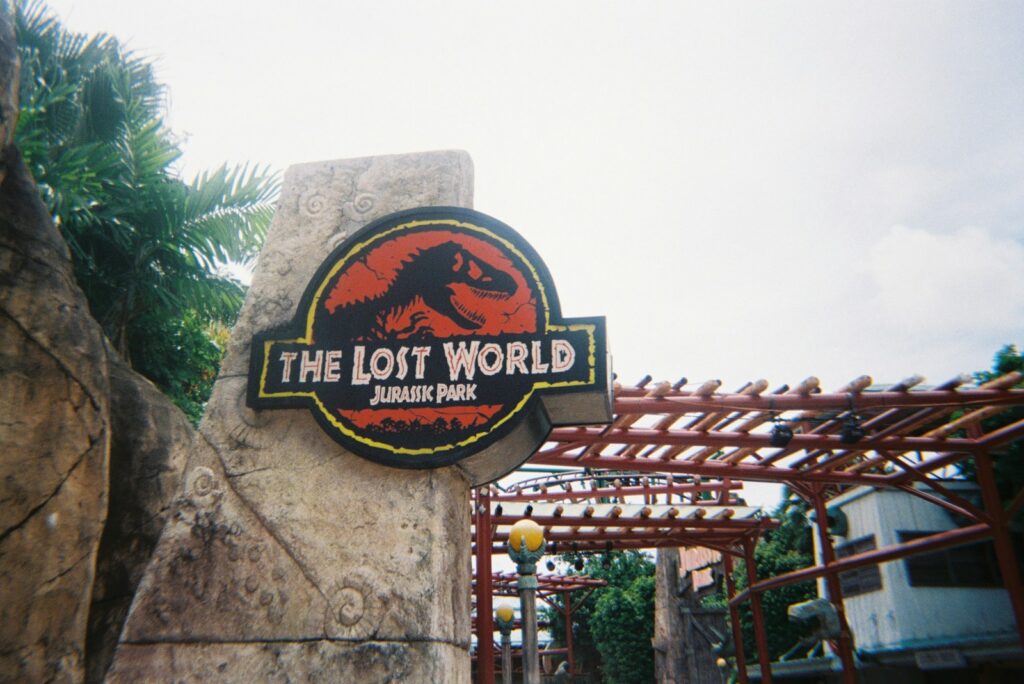
When selecting dinosaur programming, considering the target audience’s age and interests is essential for an optimal viewing experience. For preschoolers aged 2-5, shows like “Dinosaur Train” and “Dino Dana” offer gentle introduction to basic dinosaur concepts with colorful visuals and simple scientific explanations. Elementary-aged children from 6-10 typically enjoy the more complex narratives found in “Jurassic World: Camp Cretaceous” or “Dinosaur King,” which balance entertainment with educational content. Tweens and teens may appreciate the scientific depth of “Walking with Dinosaurs” or the adventurous storylines in “Primeval,” which incorporate more sophisticated concepts and occasional intensity. Adult viewers often find the most satisfaction in documentaries like “Prehistoric Planet” that incorporate cutting-edge research, or in revisiting nostalgic programs like “Dinosaurs” that offer layers of social commentary missed in childhood viewings. The ideal dinosaur show balances scientific accuracy with engaging storytelling appropriate to the viewer’s knowledge level and interests.
Conclusion
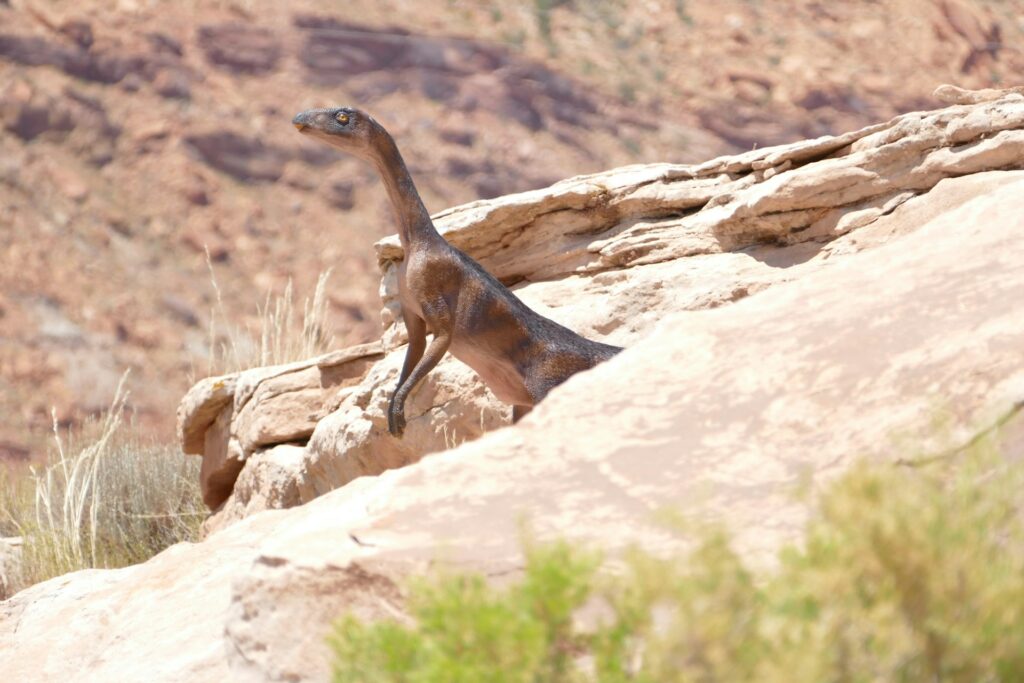
Dinosaur television shows have evolved significantly over the decades, from simple entertainment to sophisticated blends of science and storytelling. The best dinosaur programming manages to educate viewers about these fascinating prehistoric creatures while captivating imaginations across age groups. Whether through cutting-edge CGI documentaries, charming animated series, or innovative narrative approaches, dinosaur shows continue to connect modern audiences with Earth’s ancient past. As paleontological science advances, we can expect dinosaur media to evolve alongside our understanding, bringing ever more accurate and engaging portrayals of these magnificent animals to screens large and small. For dinosaur enthusiasts of any age, there has never been a better time to explore the mesmerizing world of prehistoric television.




